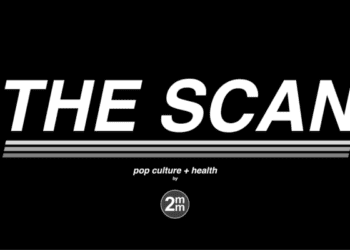Exercise and dance may reduce cravings associated with methamphetamine abuse in women
1. In this randomized controlled trial, dance and exercise interventions reduced subjective drug cravings compared to the control group.
2. Compared to the control group, the dance and exercise interventions showed a stronger preference for non-drug rewards (high calorie foods).
Evidence Rating Level: 2 (Good)
Methamphetamine is a popular drug used among women for its particular effect on weight loss and in controlling symptoms of depression. Currently, no approved drug exists to control methamphetamine use disorder. Though traditional exercise has been known to reduce drug abuse, dancing is being increasingly used as an intervention for its unique ability to incorporate rhythmic motor coordination, emotion and social interaction. Therefore, the purpose of this study was to investigate the effects of moderate-intensity dance and aerobic exercise on drug craving, prefrontal neural activation to food cues, appetite, and food reward in women with methamphetamine dependence.
From 120 assessed women individuals, 39 were included and were randomized to either the dance group (35-minute dance) (n=20) or exercise group (35-minute treadmill) (n=19), which were counterbalanced to a control (reading control session). Participants were recruited from the Drug Rehabilitation Bureau of the Mo Ganshan in Zheijiang, China and were eligible if they met criteria for methamphetamine dependence, did not exercise regularly and did not receive detoxification treatment for more than 3 months. Both the dance and exercise groups performed the intervention for 25 minutes at a similar heart rate. Study outcomes were assessed using various tools to measure feelings of appetite, drug craving and prefrontal cortical activity.
In this study, results showed that in comparison to the control group, both interventions reduced subjective drug cravings and increased preferences for high-calorie foods. Those who performed moderate exercise additionally showed a greater activation in the left dorsolateral prefrontal cortex when viewing high calorie foods compared to control. This study was limited by the inability to maintain a consistent heart rate during dancing as opposed to the treadmill. Nonetheless, these results highlight the potential therapeutic utility of exercise interventions for methamphetamine dependence.
Click to read the study in Medicine & Science in Sports & Exercise
Image: PD
©2021 2 Minute Medicine, Inc. All rights reserved. No works may be reproduced without expressed written consent from 2 Minute Medicine, Inc. Inquire about licensing here. No article should be construed as medical advice and is not intended as such by the authors or by 2 Minute Medicine, Inc.







